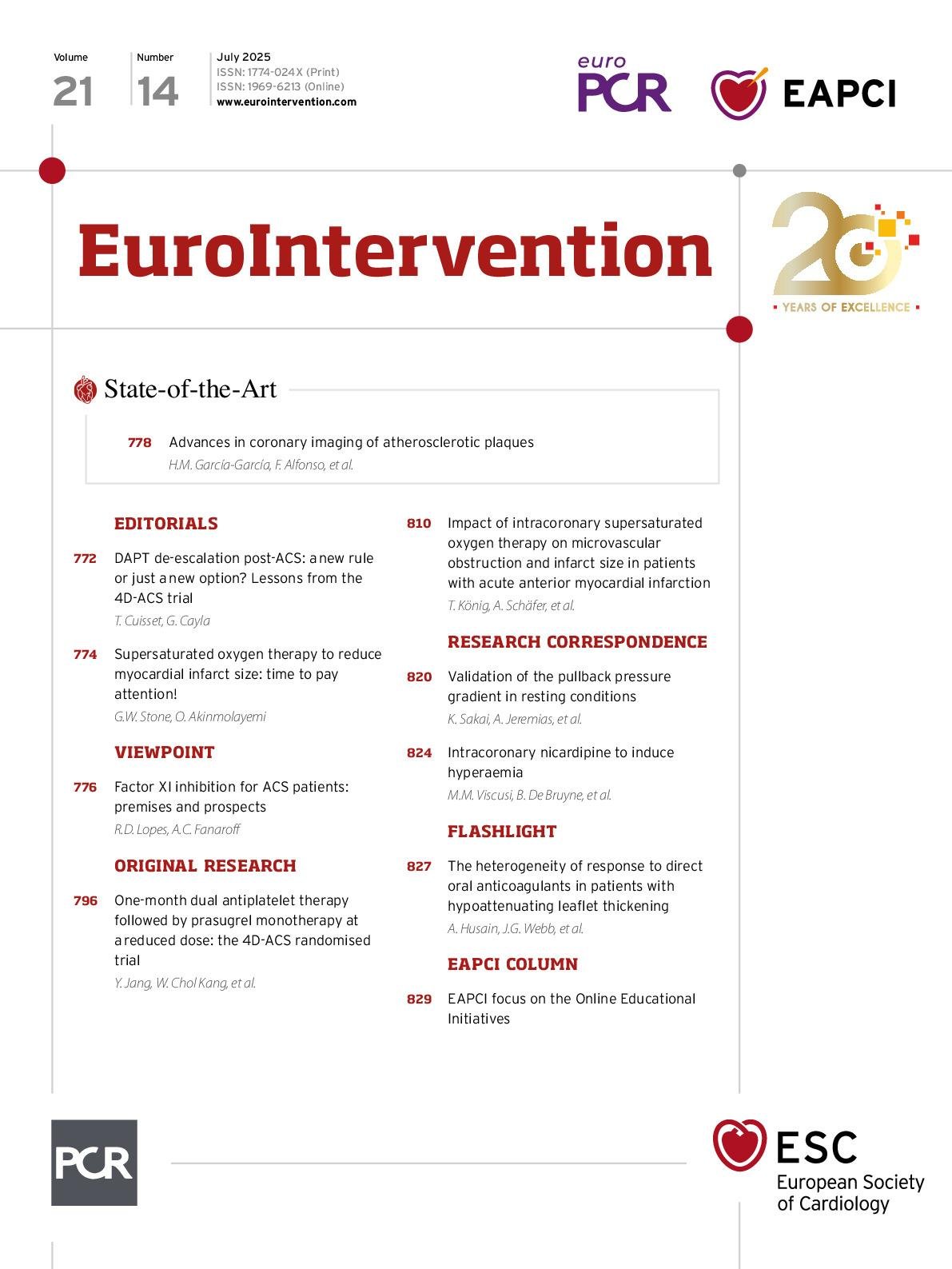Reperfusion therapy in ST-segment elevation myocardial infarction (STEMI) improves prognosis principally by reducing infarct size (ISz)1. However, while primary percutaneous coronary intervention (PCI) restores epicardial blood flow in most patients with STEMI, microvascular perfusion and myocardial salvage are frequently suboptimal. In patients with extensive areas at risk (AAR), such as those experiencing anterior myocardial infarction (MI), the resulting large infarctions may lead to adverse left ventricular (LV) remodelling, heart failure (HF), and death2. Reducing door-to-balloon times (DBT) to ~90 minutes has reduced ISz and mortality after STEMI; however, further DBT reductions have not clearly improved prognosis3.
Microvascular obstruction (MVO) is a major cause of suboptimal myocardial salvage after primary PCI4; reperfusion injury is the other likely major contributor5. Unfortunately, numerous pharmacotherapies and device-based approaches have failed to reduce no-reflow, reperfusion injury and ISz in humans56. The one exception to date has been supersaturated oxygen (SSO2) therapy.
In the SSO2 procedure, the patient’s own blood is hyperoxygenated to a level where its partial pressure of oxygen is 7-10 times normal (760-1,000 mmHg), and this is administered...
Sign up for free!
Join us for free and access thousands of articles from EuroIntervention, as well as presentations, videos, cases from PCRonline.com

